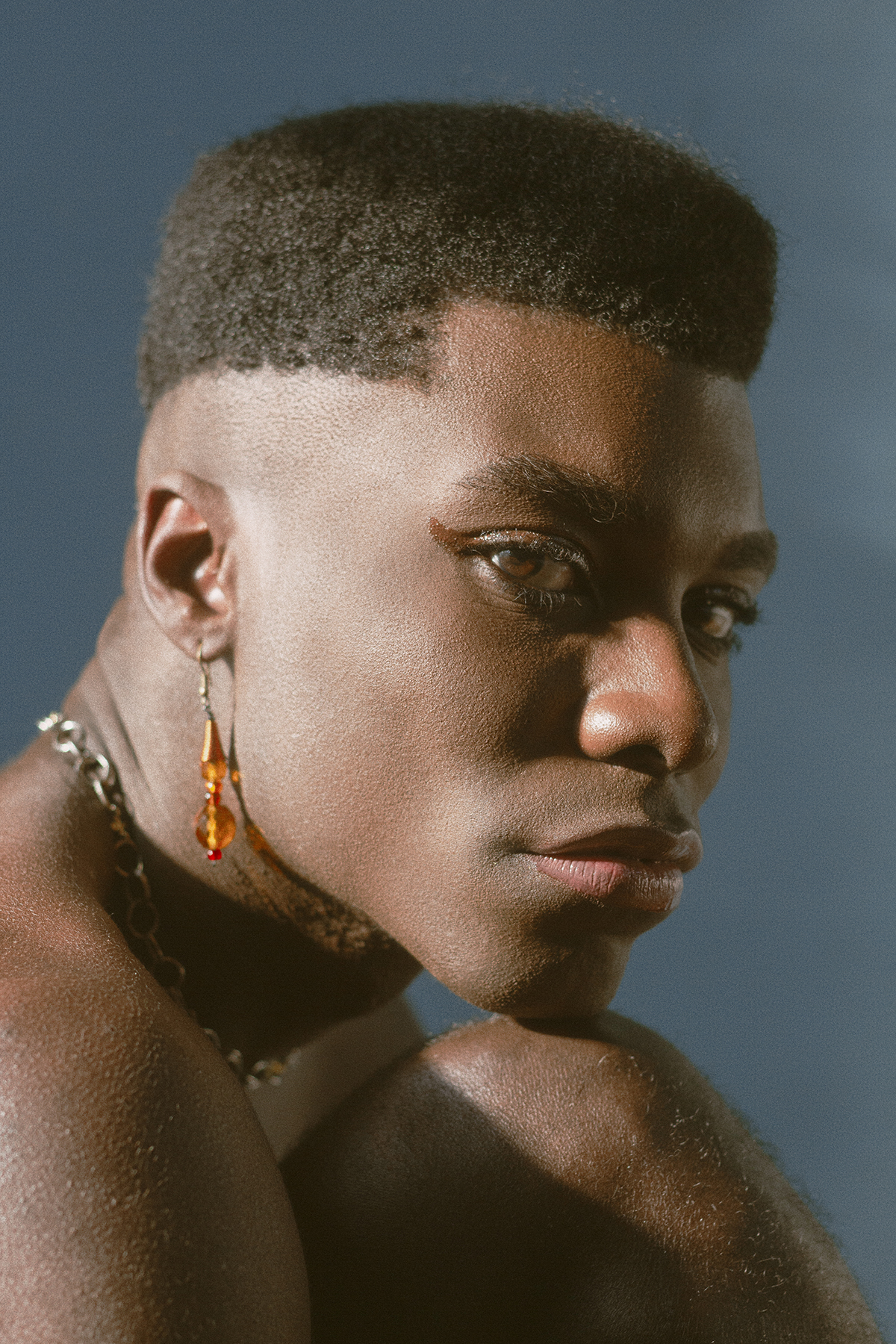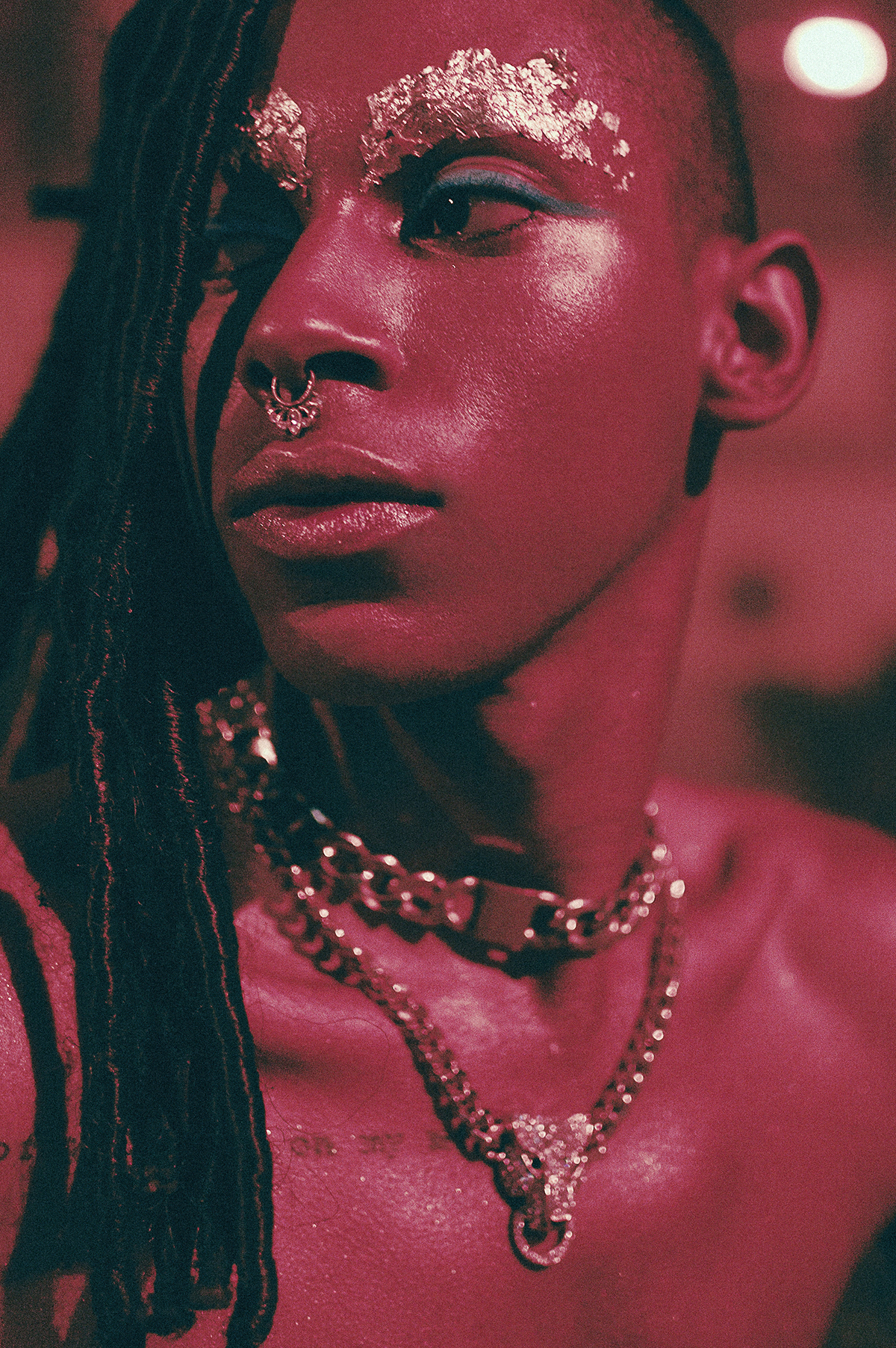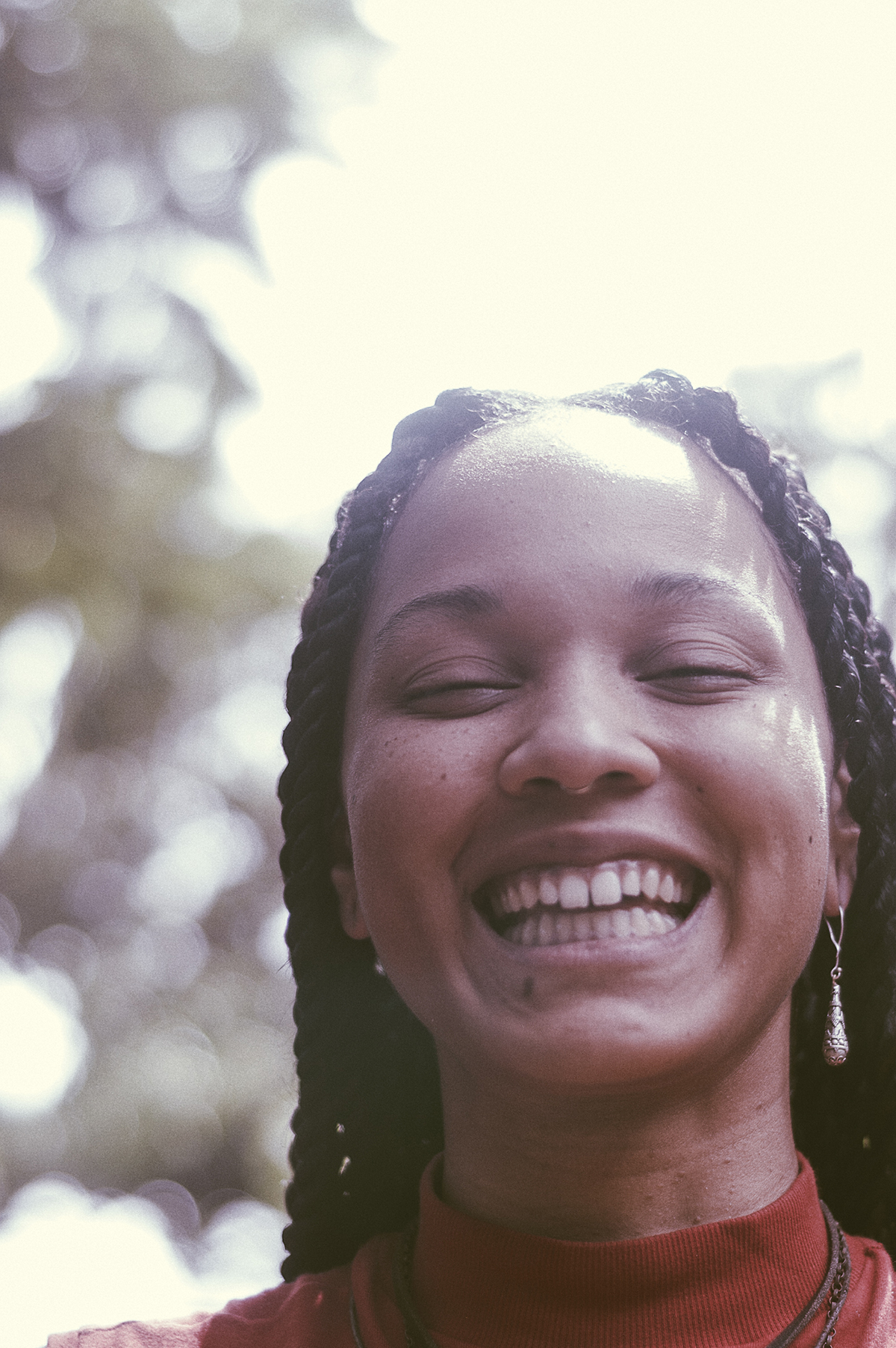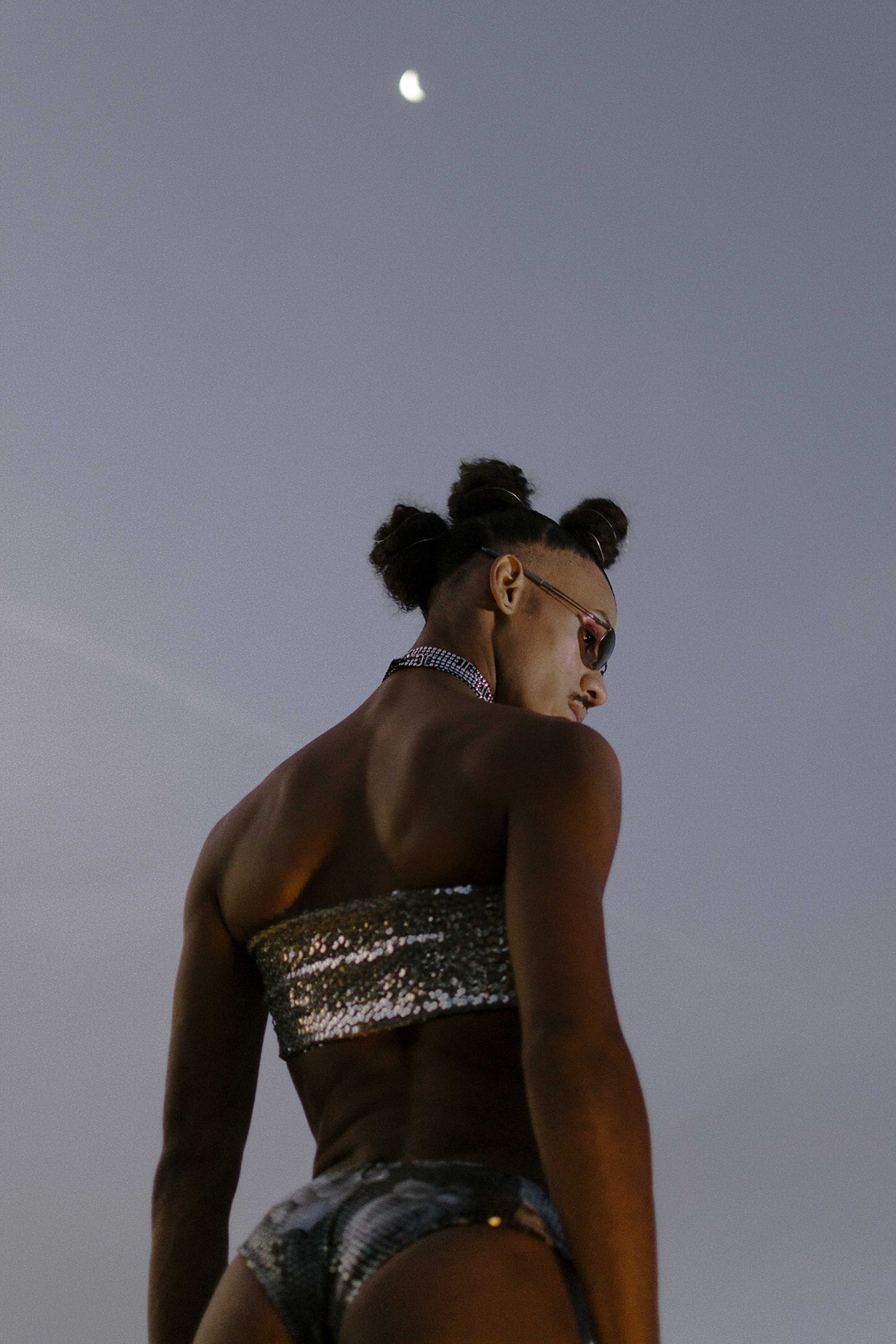Rodrigo Oliveira is a portrait photographer based in Rio de Janeiro. His photographs illustrate the anthropological diversity of our world, exploring the various ways in which humans express their identities and cultures. Rodrigo is currently documenting the black queer community inhabiting favelas and suburbs of Rio de Janeiro. A body of work that empowers a minority within a minority group that has been often marginalized. The project aims to deconstruct the misrepresentation of black queer lives in the media through the expression of queer culture, gender-bending identities, and social resistance.



Carioca, Negro & Queer
Carioca, Negro & Queer’ aims to deconstruct marginalized narratives built around black queer bodies, focusing on those living favelas and peripheries within the metropolitan area of Rio de Janeiro. The election of the current president, Jair Bolsonaro, has represented a large threat to the safety and well-being of communities within Rio’s peripheries. An overt anti-black and anti-LGBTQ+ necropolitics that specifically targets the lower-income class. It is a time where reaffirmation that our lives matter is strongly needed. The media is overloaded with documentation exploiting black queer suffering, and as much as this might help to shed a light on social issues, it may also provide white supremacists with imagery of the pain they take pleasure inflicting. With that in mind, this project is a celebration of black queer culture, it illustrates our strength, our passions, and our resilience, in hopes of reminding ourselves that we do have the power to stand up and fight back.

Emerald Arguelles: How did you start this series?
Rodrigo Oliveira: I think the idea for the project came up to me following the election of Brazil’s current president, Jair Bolsonaro. It was clear from the very beginning that his political agenda had zero interest in addressing the needs of minorities in the country, especially LGBTQIA+ members, the black community, and the working class. I’ve wanted to work on my first series for a while but I wanted to cover an issue I felt close to. I’m a BIPOC queer artist from the peripheries of Rio and the rise of a military presidency represented a threat to me and to all my kins. With that in mind, I started the series ‘Carioca, Negro & Queer’, a visual narrative that celebrates black queer bodies living in favelas and communities within Rio de Janeiro.


EA: Growing up in New Orleans I saw so many beautiful trans men and women, what emotions were you experiencing while shooting?
RO: So many mixed feelings… working with the trans community I get that immediate feeling of pride. I’m proud to be working with and for a community that has been persistent in staying honest with themselves regardless of how society and its institution treats them. There’s that inevitable admiration for their strength, their beauty, their sense of humor… But it’s when you work closely with the trans community that you’re confronted with how real their struggle is, how hard it is for them to be recognized, or to even just be seen. Fuck, that’s revolting! It really makes me angry and I just can’t understand why on Earth are people trying to wipe them out? I just can’t understand.
EA: Rates of crime against the Black and LGBTQIA community are at an all-time high; how do you think allies can better protect those communities?
RO: There are several things allies can do to protect these communities. Stop being an audience to hate crimes, take collective action to cease aggression if you witness one. Give a job opportunity or a recommendation to someone in the black and LGBTQIA+ community. The trans community for example is in great need of job opportunities, which can help to keep members in vulnerable conditions out of the streets. And since the government has never offered a significant change in order to protect these communities, we need to understand that we must protect each other, that we need to find strength in collectiveness and together fight the system.




EA: What is your favorite image and why?
RO: That’s my favorite picture (above). I have a special love for this picture because that was the day I was certain I wanted to do this series. Working along with Pablo, the model in the picture, was a mind-opening experience. She’s the first non-binary artist I worked with and who inspired me to focus my work on non-binary and trans identities. Pablo is a dancer, singer from Rio de Janeiro, I was photographing the cover of her first single that day. We had the chance to talk a lot during the two days we recorded and getting to know her story was very moving. Pablo is a close friend now and someone who will always inspire me.


EA: While we celebrate beauty, what is the one thing you found to be inspirational while shooting?
RO: Breaking binaries I think. I’ve always imagined the future to be non-binary, everyone wearing whatever they like. No such thing as clothes made for men or women. I imagine a place where all identities are celebrated, embraced. That’s exactly what I experience in underground LGBTQIA+ events, especially those organized by/for the black community. When I’m in these safe environments I feel completely free to project to the outside how I see myself inside and there’s no better feeling. This freedom is so inspiring, being who you want to be. That’s how I wish we could feel everywhere.
EA: What do you want the viewer to know about this series?
RO: ‘Carioca, Negro & Queer’ is a work focused on the expression of identity, black aesthetics, and very often, the glamour of the queer nightlife. This might seem superficial to some, but the representation of black queer folks feeling empowered is extremely necessary. There are plenty of folks out there, BIPOC, LGBTQIA+, that still need the reaffirmation that they are beautiful, that they matter, and that our expression can be used as a tool to fight oppression. The media is overflowing with images of queer suffering. Every day a new picture posted of a murdered trans person. Whilst we do need to address the brutality to which our community is treated, we also need to be reminded of why we’re fighting in the first place. We fight for those still alive, putting their truth out to the world regardless of how strong the backlash is. We fight for our freedom of expression, the right to be whoever we want to be… to be seen, to be heard.


EA: Is there anything you would like to add or resources you would like to share?
RO: For those reading this, if you feel like helping the Black and LGBTQIA+ community here in Brazil here are the names of some organizations offering support to these communities: CasaNem (@casanem_), Solar Meninos de Luz (@meninosdeluz), Casa do Nando (@acasadonando), Existimos (@projetoexistimos).

To view more of Rodrigo Oliveira’s work please visit their website.